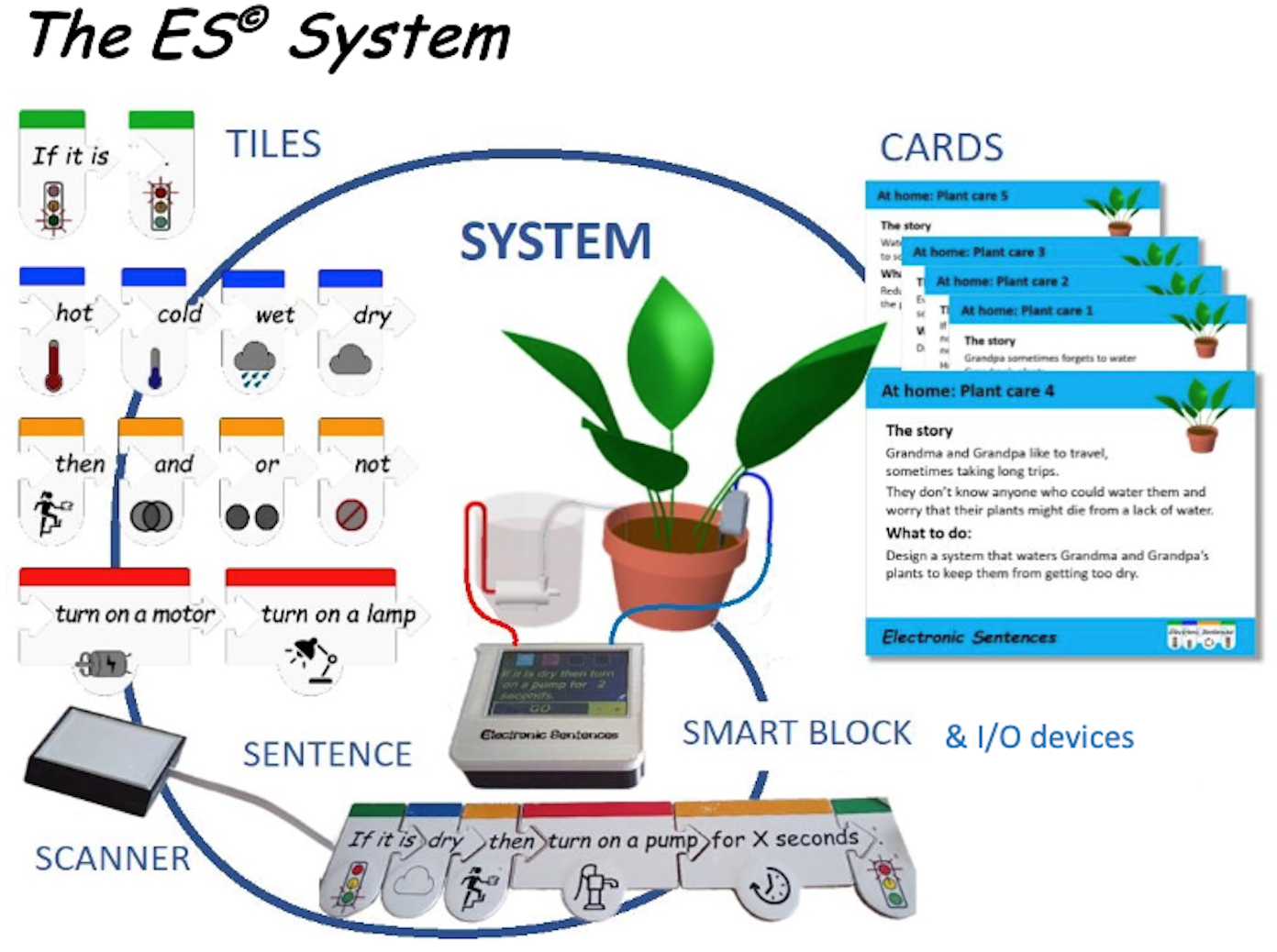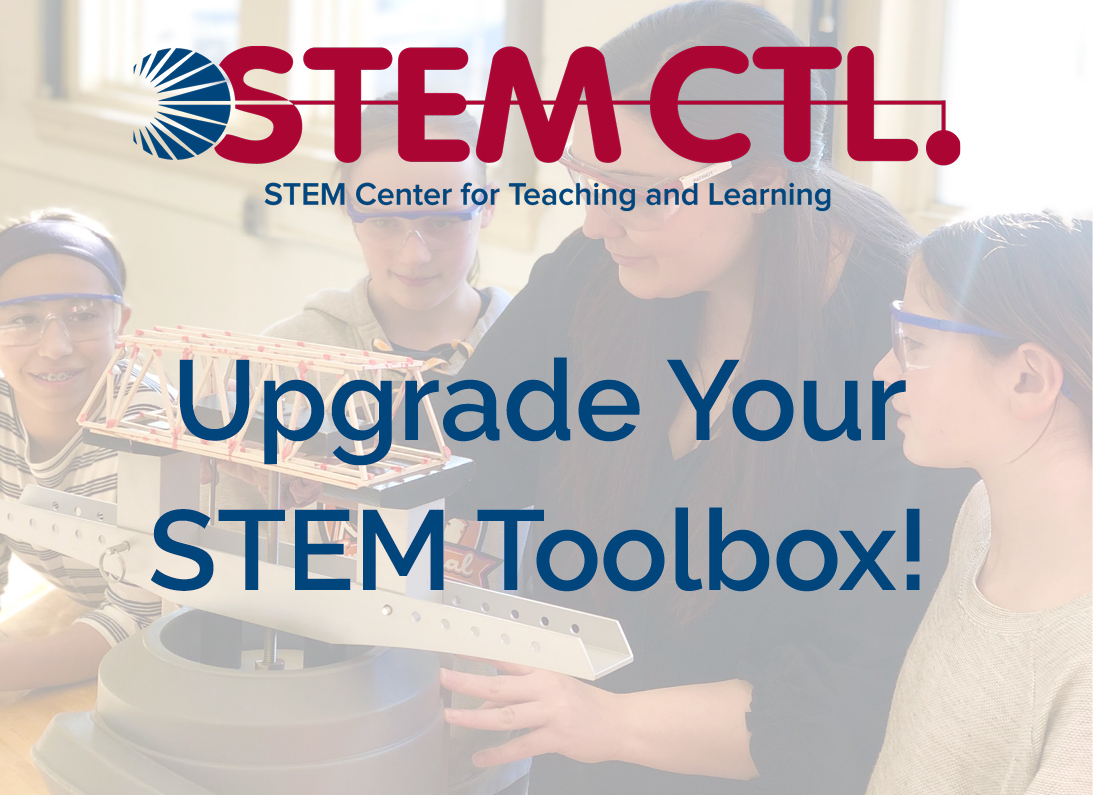United States/United Kingdom (US/UK) Design, Engineering and Technology Collaborative Initiative
How can we enrich design and engineering in our technology education programs?

- Frank Cappelle, Ph.D.
- Bob Claymier
- Fred Fogle
- Clark Greene
- Tyler Love, Ph.D.
- John Seymour
- Cliff Johnson
UK Members
- David Barlex, Ph.D.
- Tim Brotherhood
- Paul Gardiner
- Torben Steeg
Context
- The collaborative efforts of US and UK colleagues started informally in the mid 1980’s to share materials, products, approaches and strategies to improve classroom teaching and learning practices in both countries.
- This Team continues to work on helping teachers use a simple design and problem solving (D&PS) approach that can evolve and deliver age-appropriate “design, engineering and technology” (DE&T) learning activities for children, of all ages.
- The Team members helped establish and publish TIES Magazine, a pro-active journal that reached more than 30,000 educators nationally and internationally and made DE&T approaches practical and valued in teaching and learning.
- The above efforts lead to four National Science Foundation (NSF) grants for preparing “teams of trainers” to help K-6 grade teachers provide DE&T activities for their pupils that resulted in improving science & math test scores.
- The NSF projects helped establish the Children’s Engineering (CE) initiative in Virginia (still growing as it extends beyond its 25th anniversary) and now reaching over 3,000 elementary classroom teachers.
- The above work for grades K-6 informed successful DE&T experiences for grades 7-12, developed with funding and support from the NJSED Workforce Excellence Project and the NYSED Engineers of the Future project.
Action
- Starting in its initial phase of work, the US/UK Team helped establish pilot activities and programs in elementary classrooms that served as models for other teachers and schools, an effort that the US/UK Team still pursues.
- The Team initiated ongoing efforts of reviewing past materials and products and vetting current products that support DE&T teaching and learning with the expressed purpose of meeting identified instructional goals & needs.
- The Team established a multi-pronged approach in professional development (PD) training, materials development and revision, and curricular improvement through ”planning for progression” to enhance teaching and learning.
- By invitation, the US/UK Team shared and discussed its elementary DE&T program with the “Working Group” of the National Academy of Engineers/National Academy of Scientists, during its development of the Next Generation Science Standards (NGSS).
- In 2016 these efforts culminated in the formal linking of the US/UK Collaborative Initiative with the ITEEA and its Engineering by Design (EbD) program to enhance and integrate STEM teaching and learning.
Results
- Provided evidence of the efficacy of a “Teachers Training Teachers” program that helps elementary teacher use D&PS/DE&T activities that integrate STEM and provides practical instances that put science and math to work.
- Showed K-6 teachers would adopt and extend a D&PS approach to engage young children in engineering thinking and technology practices that could stage and enhance math and science applications represented in the NGSS.
- Provided examples of growing (a) acceptance of DE&T by secondary school TE teachers, (b) awareness of the potential of T&E for integrating STEM subjects; and (c) potential for DE&T to represent and deliver the NGSS.
- Collaborate with corporations to use, review, improve and share their DE&T products, such as PTC’s (Parametric Technology Corporation) Pro-Engineering, Redfern Electronics’ Crumble, and TeacherGeek’s TeacherGeek system.
Upcoming Goals
- Plan for and train a Next Generation of Trainer Teams to be piloted in VA (that would include CE and EbD trainers) and then trialed in selected of the 30 other states now implementing EbD and Maker Education programs.
- Develop “plans of progression” thru which teachers and students will reach higher levels of knowledge and skills in DE&T practice, Maker Education and STEM teaching and learning.
- Continue developing new materials and redesigning DE&T products and materials that attend to instructional goals for improving STEM/STEAM & Maker Education programs.
- Develop plans to establish collaborative initiatives and programs with Maker Education colleagues.
- Develop supplemental web-based learning resources such as tutorials and mini lessons on applications of science and math, practical skill development, and how to “teach” science and math concepts through DE&T activities.
- Present at conferences and provide workshops on DE&T and integrated STEM learning.
- Build acceptance for the DE&T approach as essential learning for all students, especially the importance of risk-taking, experiencing and learning from failure in their DE&T activities.
Background: The Electronic Sentences© system is the newest addition to a Family of Tools and Resources (FT&R) that support Integrative STEM activities to enrich teaching and learning in elementary classrooms. The FT&R supports design, engineering and technology (DE&T) as a hands-on and integrative approach to STEM learning. We have found teachers to be receptive to approaches that help Integrate cross-curricular instruction. Therefore, we have introduced DE&T as an approach that pulls different subjects together and particularly for integrating the STEM or STEAM subjects.
Family of Tools and Resources: The FT&R development now spans more than 3 decades of working with classroom teachers. Our efforts were seen as important by the teachers, who declared they had “more than enough to do” in their planning and teaching duties, especially to meet the demands of the No Child Left Behind mandate. The collaborative work with teachers helped us identify criteria for selecting possible additions to the “Family.” The selection of appropriate tools and resources is guided by the query: Would this item support teachers and their students in actually ‘doing’ integrative DE&T activities?
Electronic Sentences© System: Hands-on coding, control and language development.
We knew that talking about integrative learning was easy and worthwhile, but delivering the needed support of such learning was demanding and difficult. With these thoughts in mind, the team decided to design and develop a multi-purpose system that would engage children in (a) coding through the use of regular/standard language, (b) creating propositional (if this, then that) sentences, (c) converting those sentences into control statements, and (d) using those statements to assemble working control systems. The following illustration shows how the ES© system can be used to create practical, off-screen systems that can serve as examples of ‘physical computing.’
The ongoing ES© Initiative: Envisioning and pursuing several years of developmental work. Interested teachers and trainers will be invited to participate in professional development workshops through the ITEEA in the 2024-25 school year. These workshops will highlight the work of the NJTEEA and the Rutgers Maker Space project that represents a major step toward a state-wide effort in NJ supporting Integrative STEM. This initiative will also take advantage of our earlier UPDATE Projects that helped launch the ongoing Children’s Engineering initiative in Virginia. We will draw upon those experiences to attend to pressing educational issues, e.g., developing age-appropriate ‘climate related’ curricular and instructional activities and resources.

Electronic Sentences Sample Video
The ES© Initiative: Next steps and a preview of selected plans.
The next phase of work will focus on raising start-up funding that would support:
- initial pilot testing of the ES© system and improving the system, its devices and its instructional delivery,
- using the insights gained through the pilot-testing to set the goal of the production and roll-out of a comprehensive Electronic Sentences© System,
- a parallel effort which will focus on how the ES© System supports students’ early development of language skills that would lead to more robust communication skills, and
- an enabling goal of supporting a network of regional training teams through the ITEEA Network of Engineering by Design™ (EbD)™ States and Districts.
The end goal will be for students to gain technological and engineering literacy by developing their confidence, competence and commitment to use a DE&T approach in solving meaningful, real-world problems.
Individuals interested in receiving periodic updates on the development of the ES© System should send their email addresses to Dr. Ron Todd, Coordinator of the US/UK DE&T Collaborative Team, at rdtodd1@mac.com.



